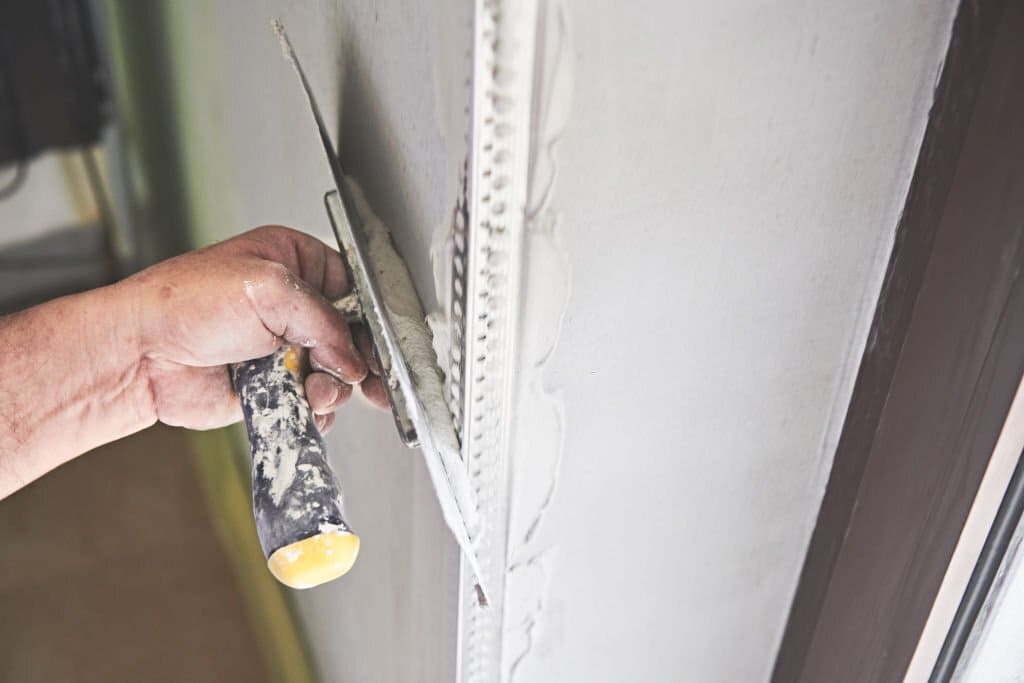
If you’ve ever attempted to remove old caulk from a shower or bathtub, you know it can be a pain. Oftentimes, it seems impossible to get the caulk to budge no matter how hard you try. This is especially true if the caulk has been there for years or if someone has applied it incorrectly. Fortunately, there is a tool that can make removing old caulk easier and more efficient. How to Remove Caulk from Tile and Grout
To accurately identify the type of caulk you need to remove, it is best to visually inspect it. Different types of caulk have distinct appearances, textures, and characteristics that can help determine their type.
Silicone caulk: Silicone caulk is a popular type of caulk that is flexible and has excellent water resistance. It typically has a smooth, shiny finish and is available in various colors. Silicone caulk is commonly used in wet areas such as showers, sinks, and windows.
Acrylic caulk: Acrylic caulk is a versatile type of caulk that is easy to work with. It has a creamier texture and is available in different colors. Acrylic caulk is commonly used for interior applications such as sealing gaps or cracks around windows, doors, and baseboards.
Latex caulk: Latex caulk, also known as water-based caulk, is a common type of caulk used for interior applications. It is easy to clean up with water and typically dries quickly. Latex caulk is available in different colors and can be used to seal gaps and cracks around windows, doors, and other interior surfaces.
Butyl rubber caulk: Butyl rubber caulk is a highly durable and weather-resistant caulk that is commonly used for outdoor applications. It has a tacky, rubbery texture and is typically gray or black in color. Butyl rubber caulk is often used to seal joints in roofs, gutters, and other exterior surfaces.
By closely examining the caulk and considering its location and purpose, you should be able to identify which type of caulk you need to remove.
Preparing the area before removing old caulk is an important step to ensure a successful and efficient caulk removal process. Here are some steps to follow:
Gather the necessary tools: Before you start, make sure you have all the tools you will need for the caulk removal process. This may include a caulk removal tool, putty knife, scraper, razor blade, or heat gun depending on the type of caulk and surface.
Clean the surface: Use a mild detergent or an all-purpose cleaner to clean the area around the caulk. Remove any dirt, grime, or debris that may be present. This will help ensure a clean and smooth surface for the new caulk application later.
Protect surrounding surfaces: To prevent damage to adjacent areas, such as tiles or countertops, it’s a good idea to protect them before starting the caulk removal. You can use masking tape or painter’s tape to create a protective barrier along the edges of the caulk line.
Soften the caulk (if necessary): If the old caulk is stubborn or difficult to remove, you might need to soften it before attempting to remove it. This can be done using a heat gun or a caulk softening agent. Follow the manufacturer’s instructions for the specific product you are using.
Ventilate the area: If you’re using a caulk softening agent or a heat gun, ensure that the area is well-ventilated to reduce fumes and odors. Open windows or turn on fans to improve the airflow in the room.
By following these prepping steps, you’ll be ready to remove the old caulk efficiently and effectively without damaging the surrounding surfaces.
There are several tools on the market that can effectively remove old caulk. However, the best tool for the job depends on the type of caulk and the surface you are working on. According to Bob Vila, some of the best caulk removal tools include:
Razor scraper: This tool has a razor blade that can be used to remove old caulk. It is ideal for flat surfaces and sensitive areas where you don’t want to risk damaging the surface.
Caulk removal tool: This specialized tool has a V-shaped tip that is designed to cut through and lift old caulk from the surface.
Putty knife: This type of scraper has a flat blade that can be used to remove caulk from wide areas. It is especially useful for removing large amounts of old caulk.
Oscillating multi-tool: This tool has a range of blades and attachments that can be used to cut and remove old caulk from various surfaces. It can be a versatile option for removing caulk from tight or hard-to-reach areas.
Heat gun: This tool uses heat to soften old caulk, making it easier to remove. It is ideal for removing old, dried-out caulk that is difficult to remove with other tools.
Certainly! Here are some tips on how to properly use each type of tool to remove old caulk without damaging the surfaces:
Remember to always exercise caution and take your time when using these tools. Practice on a small, inconspicuous area before proceeding to larger sections. This will help you become familiar with the tools and minimize the risk of accidental damage to the surfaces.
Safety is always important when removing old caulk. Here are some general safety precautions to follow:
These are general safety precautions, but it’s crucial to consider specific guidelines or recommendations provided by manufacturers for the tools and products you are using. Always prioritize your safety and take the necessary precautions to avoid accidents or injuries.

Welcome to Tile Pro Depot! We established this site to service the specific needs of the tile installation professional. Tile installation tools, tile setting materials, premixed grout and more tile installation products online at Tile Pro Depot.